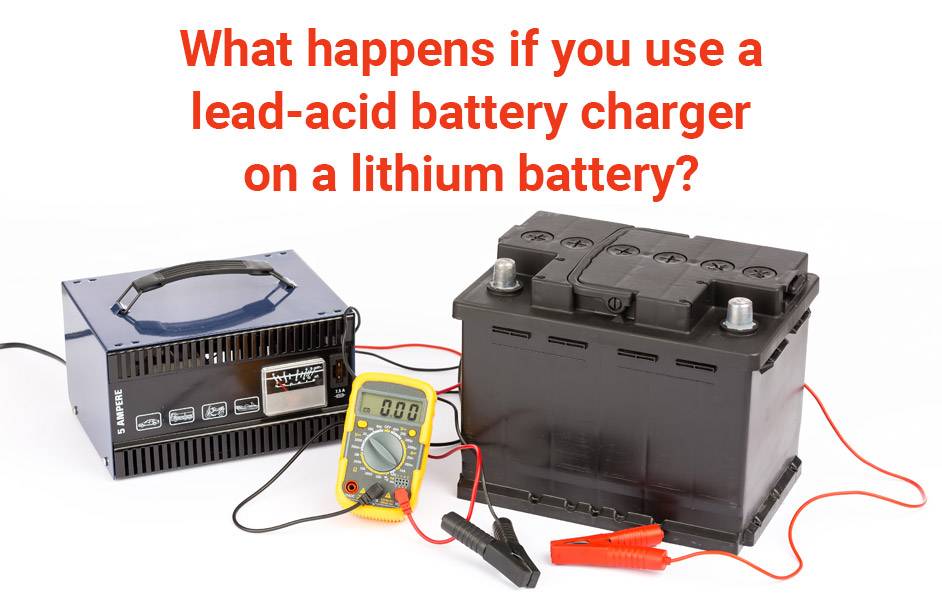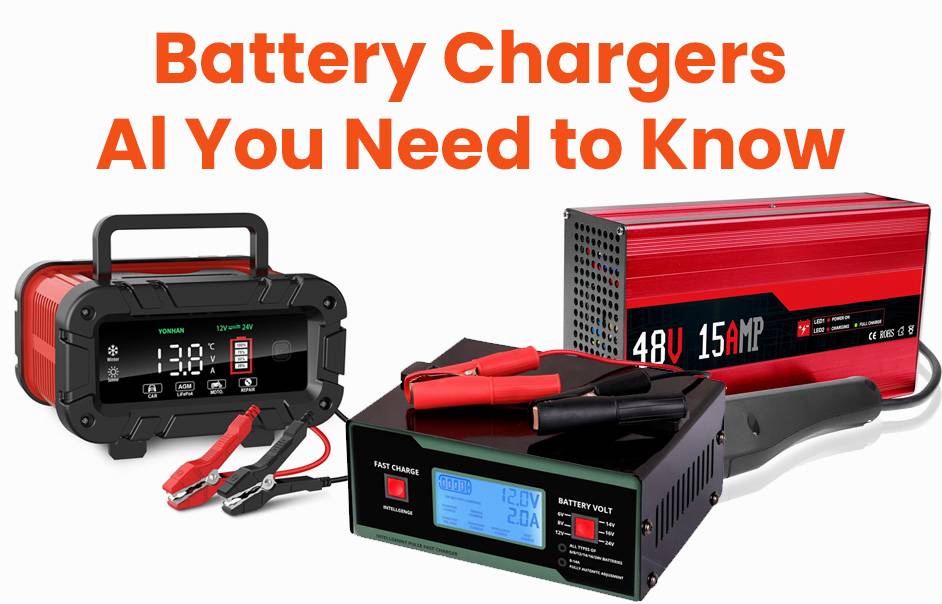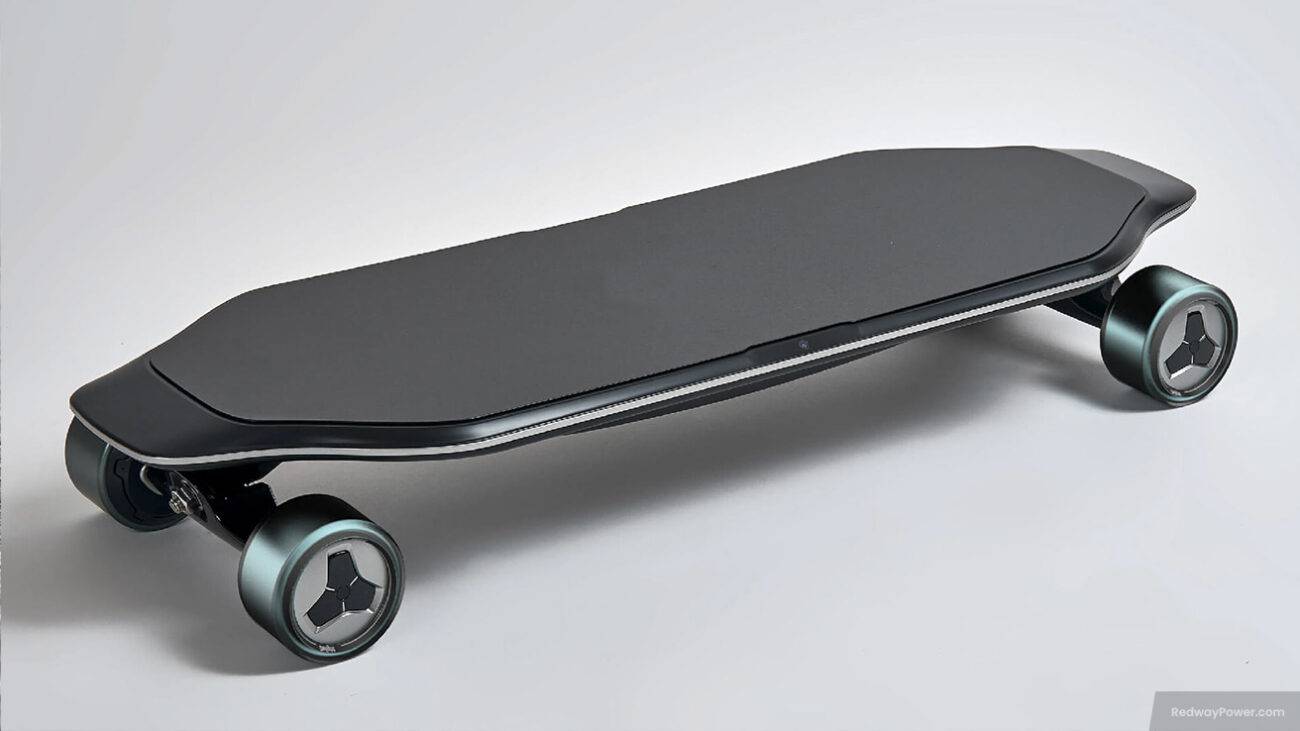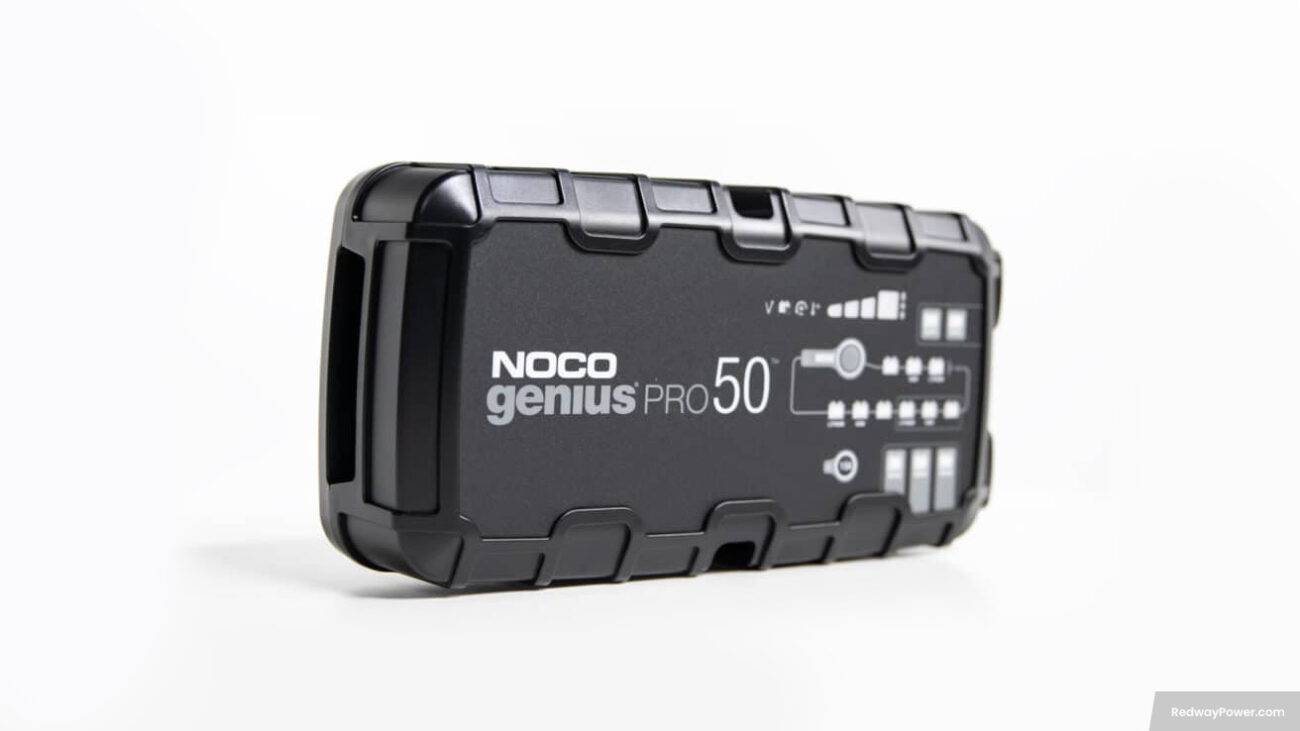- Forklift Lithium Battery
-
48V
- 48V 210Ah
- 48V 300Ah
- 48V 420Ah (949 x 349 x 569 mm)
- 48V 420Ah (950 x 421 x 450 mm)
- 48V 456Ah
- 48V 460Ah (830 x 630 x 590 mm)
- 48V 460Ah (950 x 421 x 450 mm)
- 48V 460Ah (800 x 630 x 600 mm)
- 48V 460Ah (820 x 660 x 470 mm)
- 48V 500Ah
- 48V 560Ah (810 x 630 x 600 mm)
- 48V 560Ah (950 x 592 x 450 mm)
- 48V 600Ah
- 48V 630Ah
-
48V
- Lithium Golf Cart Battery
- 12V Lithium Battery
12V 150Ah Lithium RV Battery
Bluetooth App | BCI Group 31
LiFePO4 Lithium
Discharge Temperature -20°C ~ 65°C
Fast Charger 14.6V 50A
Solar MPPT Charging - 24V Lithium Battery
- 36V Lithium Battery
- 48V Lithium Battery
-
48V LiFePO4 Battery
- 48V 50Ah
- 48V 50Ah (for Golf Carts)
- 48V 60Ah (8D)
- 48V 100Ah (8D)
- 48V 100Ah
- 48V 100Ah (Discharge 100A for Golf Carts)
- 48V 100Ah (Discharge 150A for Golf Carts)
- 48V 100Ah (Discharge 200A for Golf Carts)
- 48V 150Ah (for Golf Carts)
- 48V 160Ah (Discharge 100A for Golf Carts)
- 48V 160Ah (Discharge 160A for Golf Carts)
-
48V LiFePO4 Battery
- 60V Lithium Battery
-
60V LiFePO4 Battery
- 60V 20Ah
- 60V 30Ah
- 60V 50Ah
- 60V 50Ah (Small Size / Side Terminal)
- 60V 100Ah (for Electric Motocycle, Electric Scooter, LSV, AGV)
- 60V 100Ah (for Forklift, AGV, Electric Scooter, Sweeper)
- 60V 150Ah (E-Motocycle / E-Scooter / E-Tricycle / Tour LSV)
- 60V 200Ah (for Forklift, AGV, Electric Scooter, Sweeper)
-
60V LiFePO4 Battery
- 72V~96V Lithium Battery
- Rack-mounted Lithium Battery
- E-Bike Battery
- All-in-One Home-ESS
- Wall-mount Battery ESS
-
Home-ESS Lithium Battery PowerWall
- 24V 100Ah 2.4kWh PW24100-S PowerWall
- 48V 50Ah 2.4kWh PW4850-S PowerWall
- 48V 50Ah 2.56kWh PW5150-S PowerWall
- 48V 100Ah 5.12kWh PW51100-F PowerWall (IP65)
- 48V 100Ah 5.12kWh PW51100-S PowerWall
- 48V 100Ah 5.12kWh PW51100-H PowerWall
- 48V 200Ah 10kWh PW51200-H PowerWall
- 48V 300Ah 15kWh PW51300-H PowerWall
PowerWall 51.2V 100Ah LiFePO4 Lithium Battery
Highly popular in Asia and Eastern Europe.
CE Certification | Home-ESS -
Home-ESS Lithium Battery PowerWall
- Portable Power Stations
What Is the Difference Between 3 Stage and 7 Stage Battery Chargers?
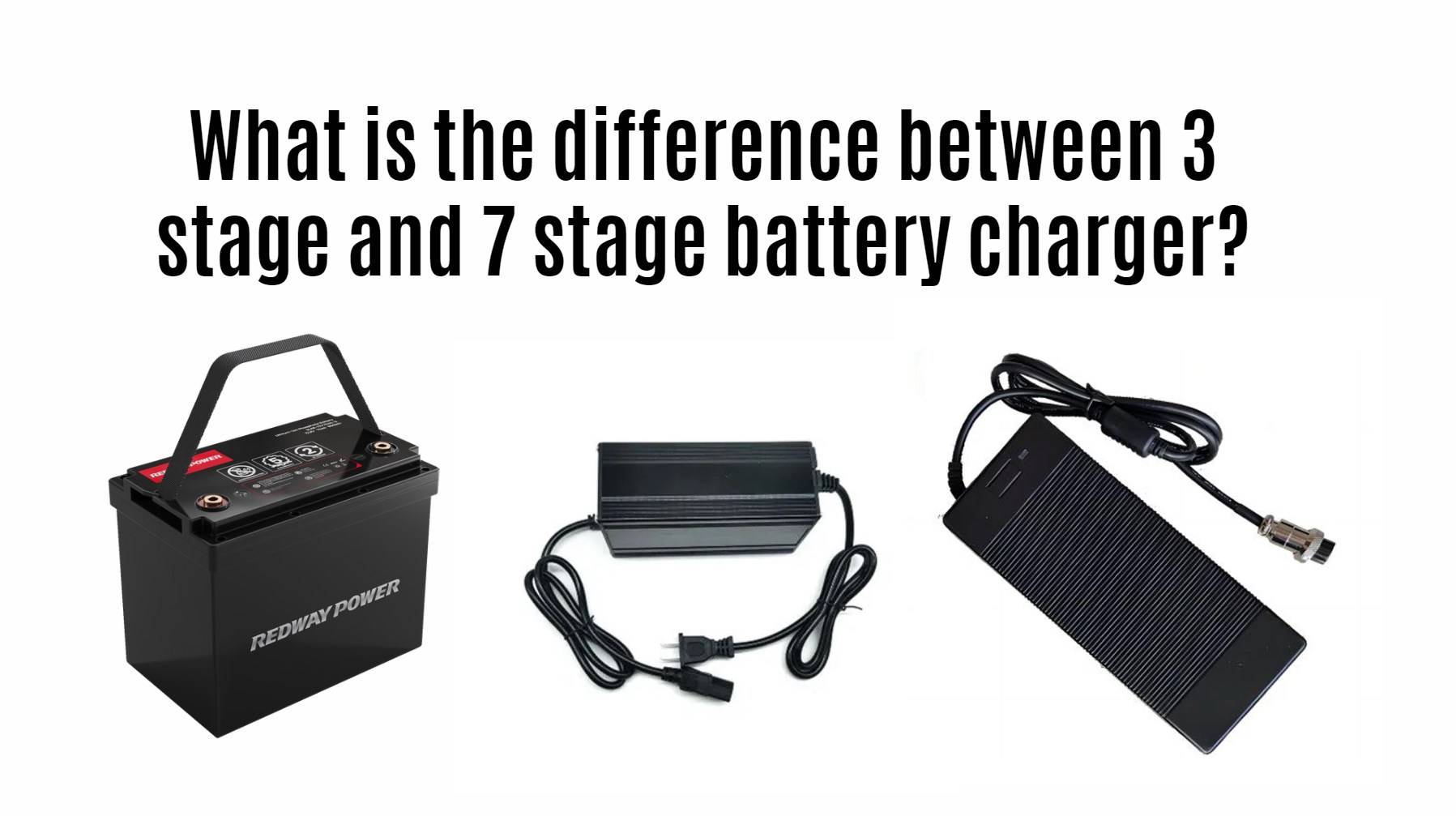
The difference between 3 stage and 7 stage battery chargers primarily lies in the number of charging stages and the additional features offered by each. A 3 stage charger includes bulk charging, absorption charging, and float charging, while a 7 stage charger incorporates additional stages such as desulfation, soft start, battery test, reconditioning, and float. These extra stages contribute to a more comprehensive charging process, potentially enhancing battery performance and longevity.
What Are the Key Differences Between 3 Stage and 7 Stage Chargers?
The key differences between 3 stage and 7 stage battery chargers include:
- Number of Stages:
- 3 Stage Charger: Typically consists of bulk charging, absorption charging, and float charging.
- 7 Stage Charger: Includes all three stages plus additional stages like desulfation, soft start, battery testing, reconditioning, and float.
- Functionality:
- 3 Stage Charger: Primarily focuses on efficient charging and maintaining battery health.
- 7 Stage Charger: Offers more advanced features for battery maintenance and recovery.
- Complexity:
- 3 Stage Charger: Simpler design, easier to use.
- 7 Stage Charger: More complex with additional features that may require user understanding.
How Does Each Charging Stage Work?
Each stage in both types of chargers serves a specific purpose:
- Bulk Charging (3-stage): This initial stage delivers maximum current to quickly charge the battery until it reaches about 80% capacity.
- Absorption Charging (3-stage): In this phase, the charger maintains a constant voltage while reducing current as the battery approaches full charge.
- Float Charging (3-stage): The final stage keeps the battery topped off at a lower voltage to prevent overcharging.
- Desulfation (7-stage): This stage rejuvenates sulfated batteries by applying a higher voltage to dissolve sulfate crystals.
- Soft Start (7-stage): Gradually increases current to avoid damaging sensitive batteries during charging.
- Battery Testing (7-stage): Assesses battery condition before charging begins.
- Reconditioning (7-stage): Restores capacity in older or poorly performing batteries by cycling them through charge/discharge cycles.
Why Is It Important to Use the Correct Charger?
Using the correct charger is crucial for several reasons:
- Battery Health: Properly managing charge stages helps prevent damage from overcharging or excessive heat.
- Efficiency: Ensures that batteries are charged quickly and effectively without wasting energy.
- Safety: Minimizes risks associated with battery charging, such as leaks or explosions.
What Are the Three Stages of Charging?
The three stages of charging are:
- Bulk Charge: High current is supplied until approximately 80% charge is reached.
- Absorption Charge: Constant voltage is maintained while current decreases as it approaches full charge.
- Float Charge: A lower voltage is applied to keep the battery topped off without overcharging.
How Do 7 Stage Chargers Enhance Battery Life?
The additional stages in a 7 stage charger provide enhanced maintenance features:
- Desulfation helps restore capacity in sulfated batteries.
- Soft Start minimizes stress on batteries during initial charging.
- Regular testing ensures that batteries are always in optimal condition.
These features contribute to longer battery life and better performance over time.
What Are the Benefits of Multi-Stage Charging?
Multi-stage charging offers several benefits:
- Improved Efficiency: Optimizes charging based on battery condition.
- Enhanced Safety: Reduces risks associated with overcharging.
- Longer Lifespan: Helps maintain battery health through proper management techniques.
How Do Different Chargers Affect Battery Performance?
Different chargers can significantly impact how well a battery performs:
- Smart Chargers (such as 7 stage chargers) can adjust their output based on real-time feedback from the battery.
- Basic chargers may not provide optimal conditions for maintaining battery health, potentially leading to shorter lifespans or diminished performance.
Tips for Battery Wholesale Buyers
When selecting batteries for OEM applications, consider:
- Performance Requirements: Assess energy density, cycle life, and discharge rates needed for your application.
- Cost Efficiency: Evaluate both initial costs and long-term savings associated with battery longevity and maintenance.
- Supplier Reliability: Partner with established manufacturers like Redway Power, which offers high-quality lithium battery solutions backed by over 13 years of experience.
By understanding these factors, buyers can make informed decisions that enhance their product offerings while optimizing performance.
Redway Power Expert Views
“Understanding the differences between charger types is essential for maximizing battery performance,” states an expert from Redway Power. “Properly managing each phase not only extends battery life but also enhances safety during operation.”In conclusion, knowing the differences between a 3 stage charger and a 7 stage charger, including their functionalities and benefits, is vital for effective energy management in various applications.















